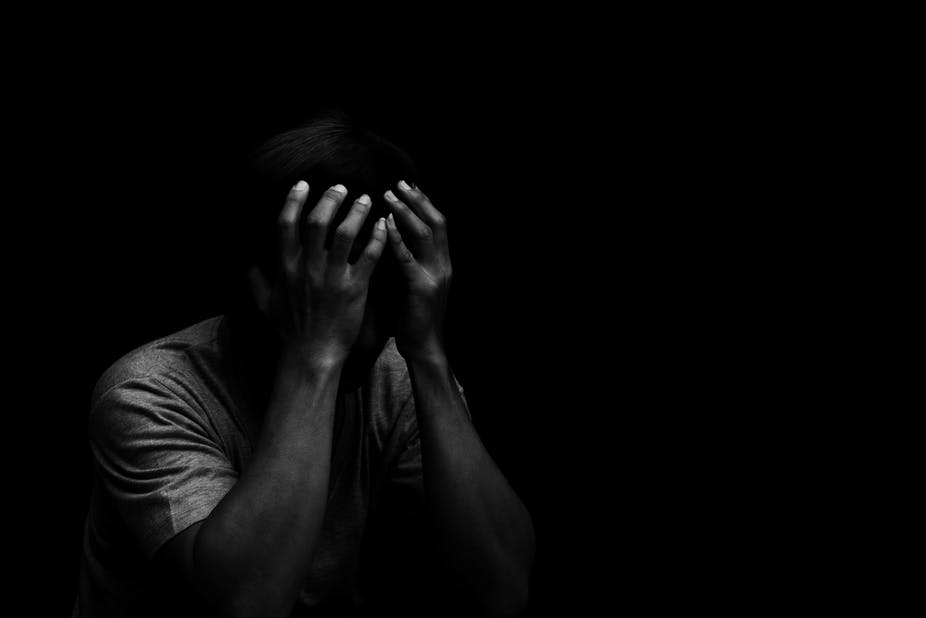Categories
- Bariatric Surgery (11)
- Black Fungus (5)
- Bone Marrow transplant (3)
- Brain Tumor Surgery Navigation Technology (20)
- Cardiac Surgery (66)
- Cardiology (97)
- Computer navigation technology for joint replacements (20)
- Covid Vaccination (17)
- Critical Care (2)
- Dental (19)
- Dermatology (31)
- Dialysis Support Group - “UTSAAH” (11)
- Dietitian (33)
- Emergency Medicine (4)
- Emotional Health (11)
- Endocrinology (33)
- ENT (20)
- Gastroenterology and GI Surgery (53)
- General and Laparoscopic Surgery (21)
- General Surgery (4)
- Gynecology & Obstetrics (183)
- Hematology (20)
- Internal Medicine (294)
- Kidney Transplant (50)
- Kidney Transplantation (20)
- Lung Cancer (8)
- Minimal Invasive Surgery (1)
- Mother & Child (20)
- mucormycosis (5)
- Nephrology (61)
- Neurology (147)
- Neurosurgery (68)
- Nutrition and Dietetics (107)
- Omicron Variant (1)
- Oncology (288)
- Ophthalmology (10)
- Orthopaedics & Joint Replacement (86)
- Paediatrics (59)
- Pediatric Nephrology (3)
- Physiotherapy (5)
- Plastic & Reconstructive Surgery (6)
- Psychiatry and Psychology (90)
- Psychologist (28)
- Pulmonology (72)
- Rheumatology (13)
- Spine Services (21)
- Transradial Angioplasty (16)
- Urology (84)
Query Form
Posted on Apr 19, 2022
Suicide Risk Assessment
A deliberate attempt of self harm with the intent of dying is a Suicide attempt. Suicide is a significant public health problem worldwide. Estimating prevalence is difficult as most people try to hide the fact of suicide, still according to available NCRB data (2018), approximately 28 students commit suicide every day. The highest cause of death in 15 yrs to 29 yrs age group in our country is suicide, something that is highly preventable.
In suicide, prevention is obviously better because there is no cure once one is dead. This means identifying risk factors for suicide so that preventive steps can be taken.

Risk factors-
- Psychiatric Diagnosis- suicide is the outcome of a process that involves genetic and biological aspects of thinking, perception and stress coping and in the context of individual’s psycho social environment, a suicidal ideation may be acted upon. The highest risk is among patients of Mood Disorders, psychosis and anxiety issues.
- Non adaptive personality traits- Personality issues account for cases with difficulty in adapting and adjusting into environment. Certain personality traits increase vulnerability to suicide attempts, notable in them are borderline personality disorders which are associated with frequent self harm behaviour.
- Previous suicide attempts- Those who have a history of suicide attempt are at higher risk for repeating the act. Initial half hearted attempts may be seen by others as manipulative behaviour but it can lead to more serious attempts in future due weakening of the self preservation instinct.
- Family history of suicide- Genetic and heritable factors are important in suicidality. Studies have shown higher risk among people in whom a previous history of suicide is reported.
- Significant psycho social issues- Significant change in life due to financial/ socio cultural factors, social alienation, loss of an intense relationship or person, history of abuse/neglect, gender issues etc are associated with higher vulnerability to development of depression and anxiety which if untreated may result in a fatal outcome.
- Certain high stress professions with accessibility to means to commit suicide like police and health professionals are more vulnerable.
Suicide risk assessment and screening to identify vulnerable population, especially in the age group of 15 years to 39 years and those suffering from long term chronic illnesses like HIV or gender identity issues is if immense importance in prevention of this malady. All responsible people in society need to be sensitised to this requirement.
A working system of suicide helpline’s are also necessary to intervene when someone approaches with active suicidal ideation .



